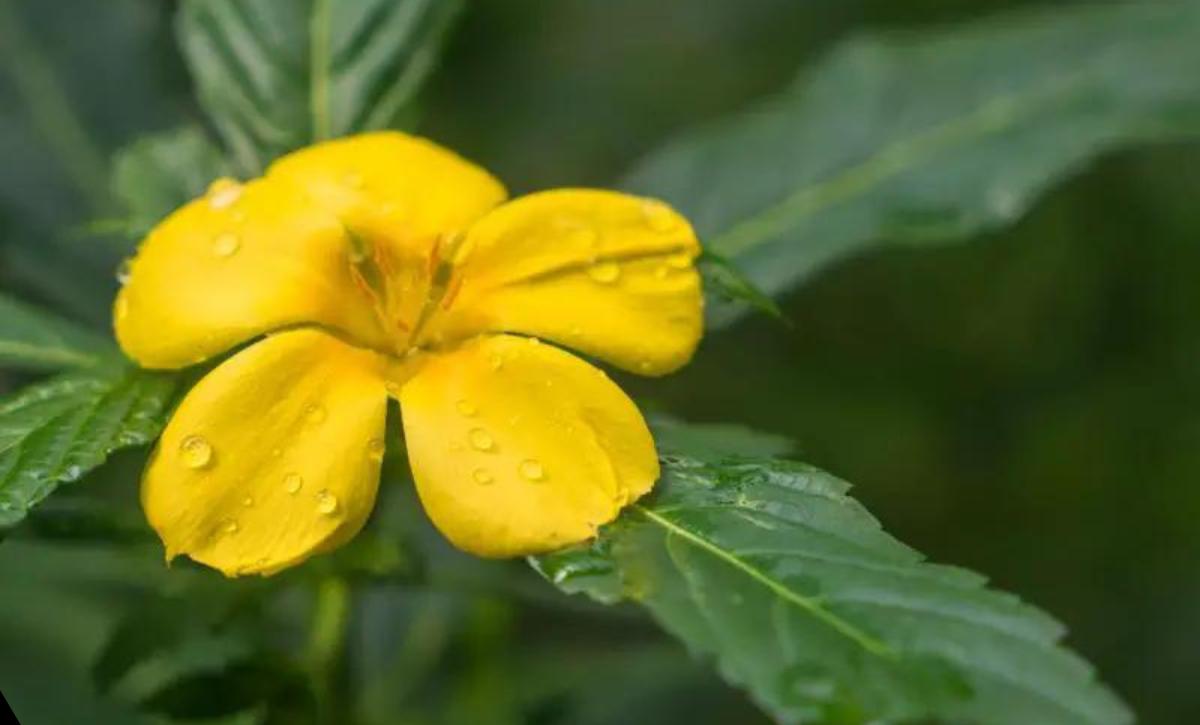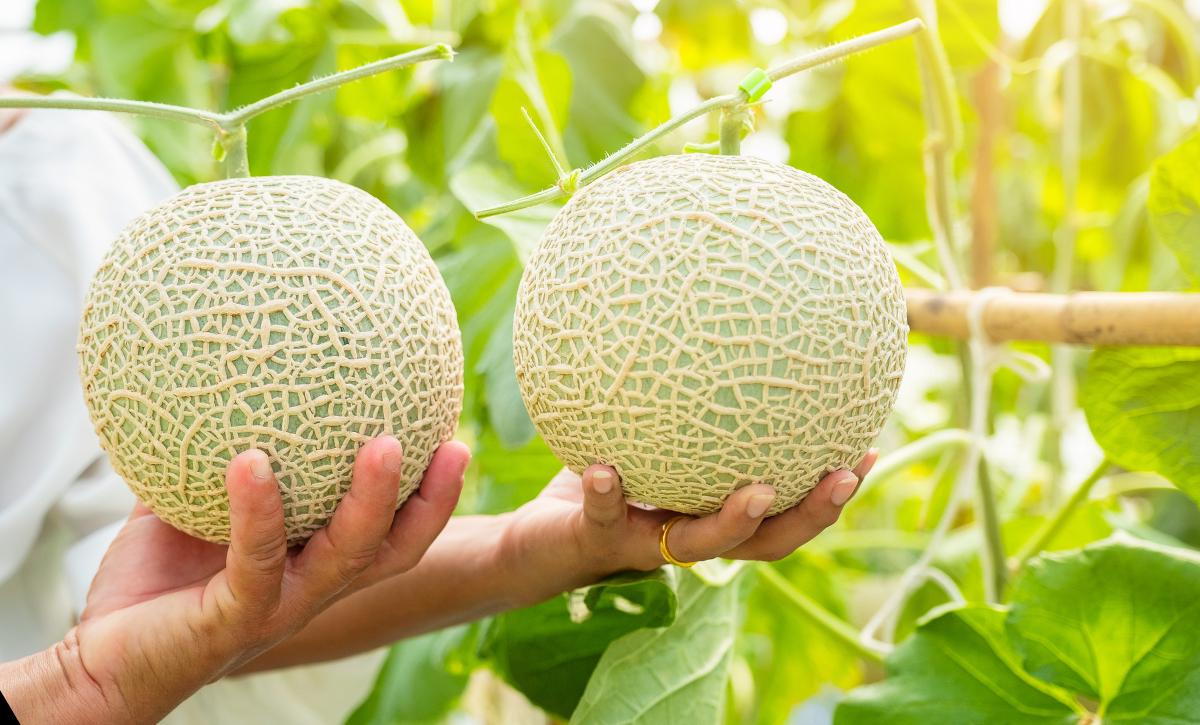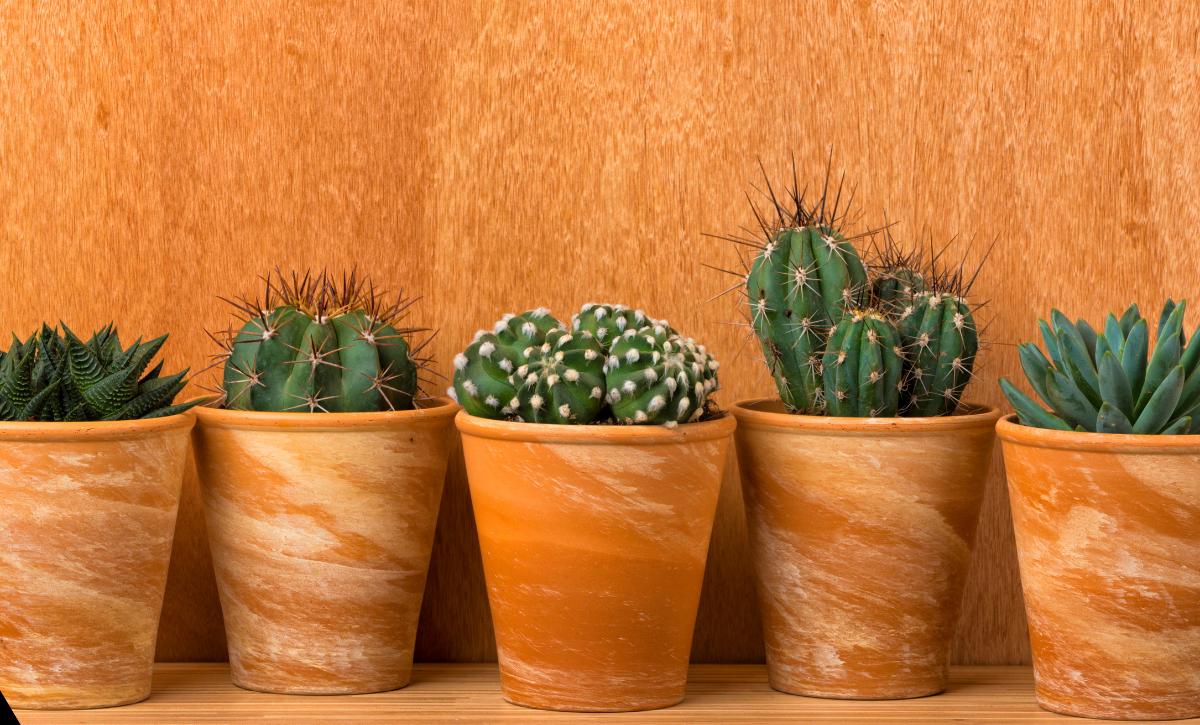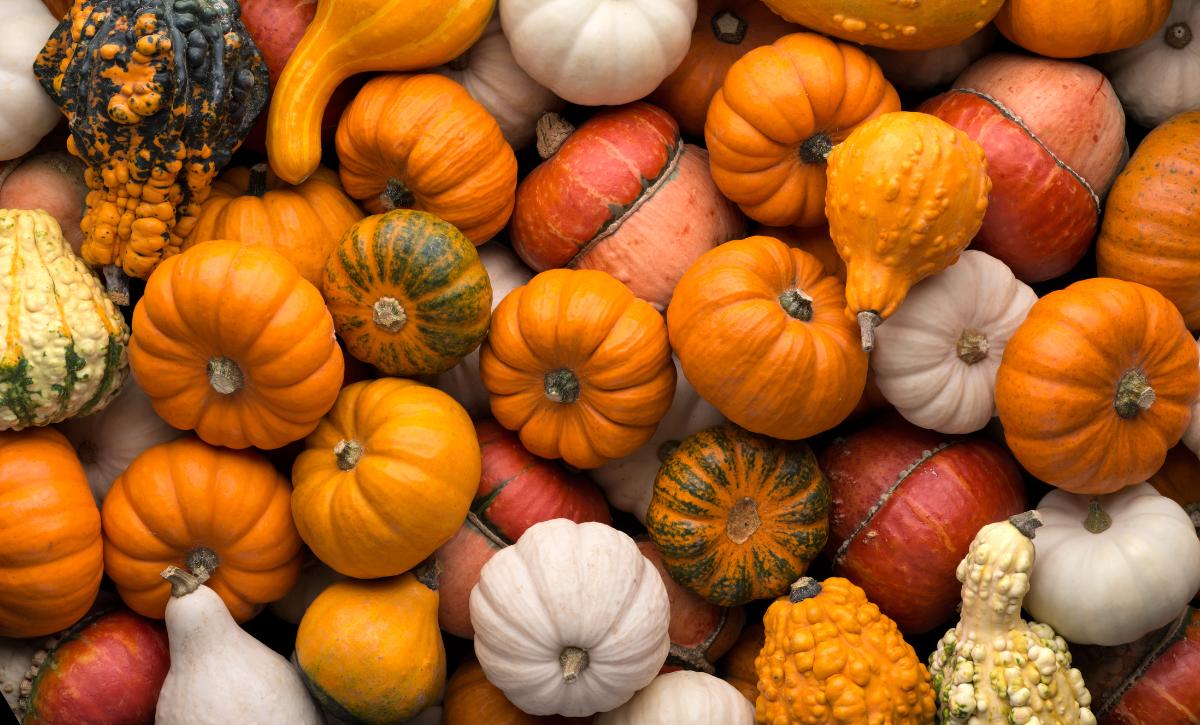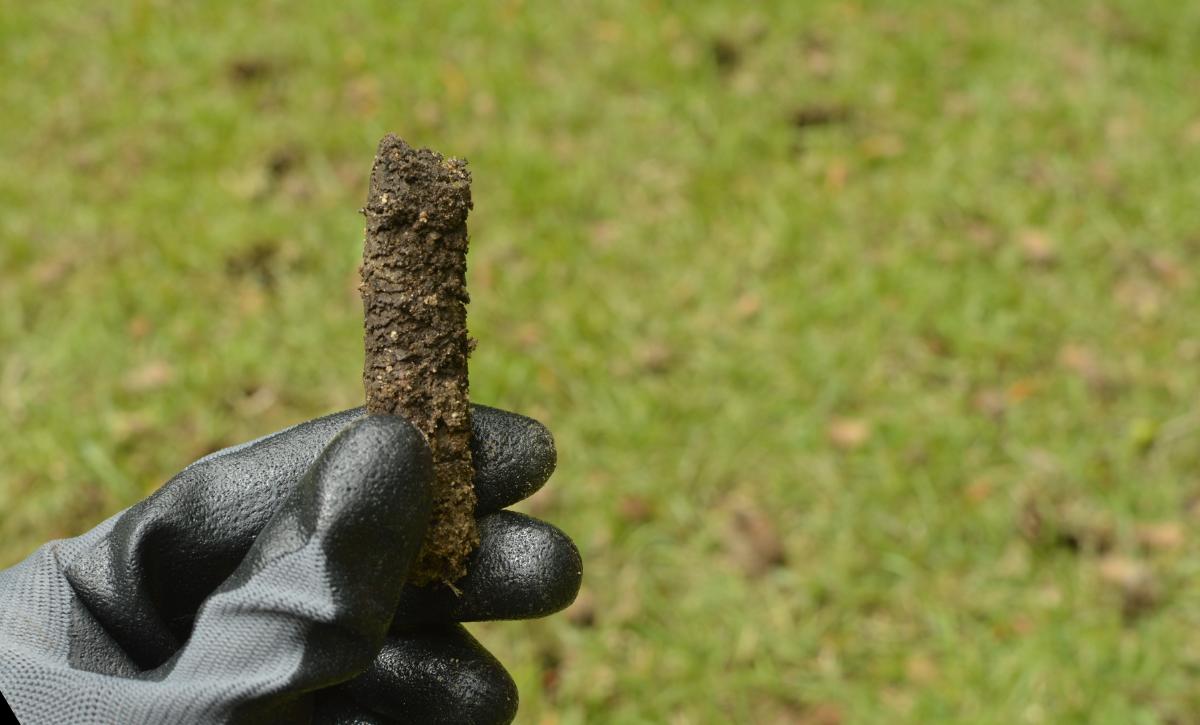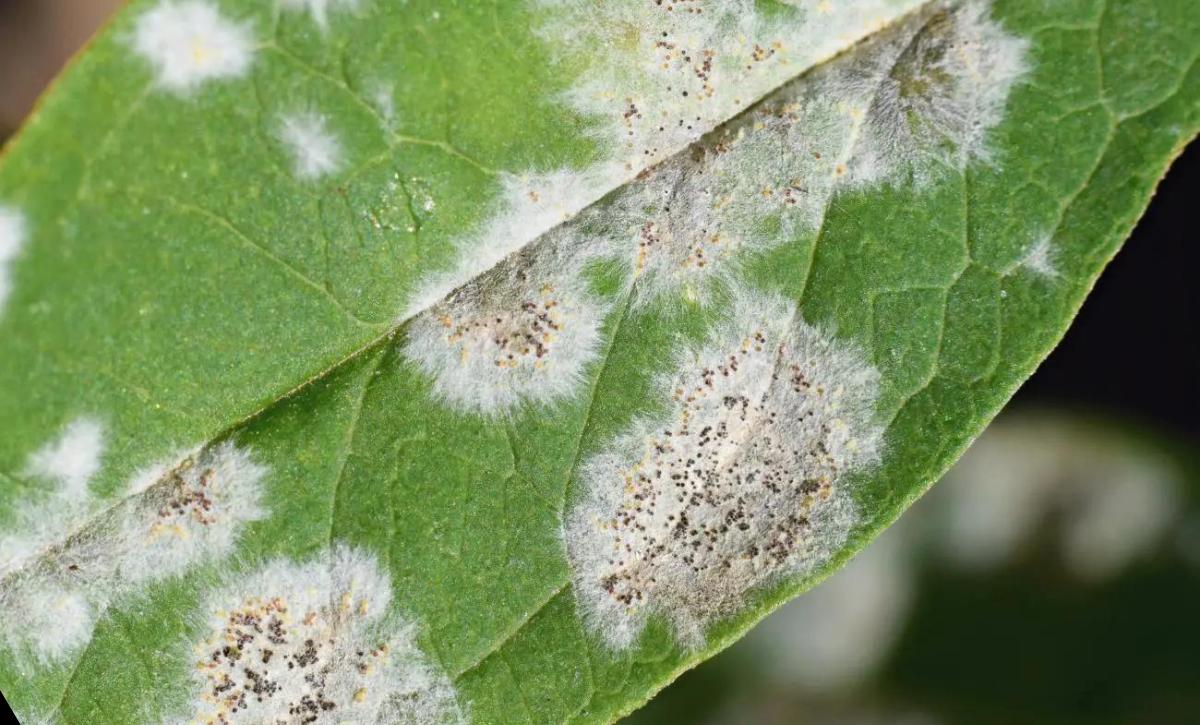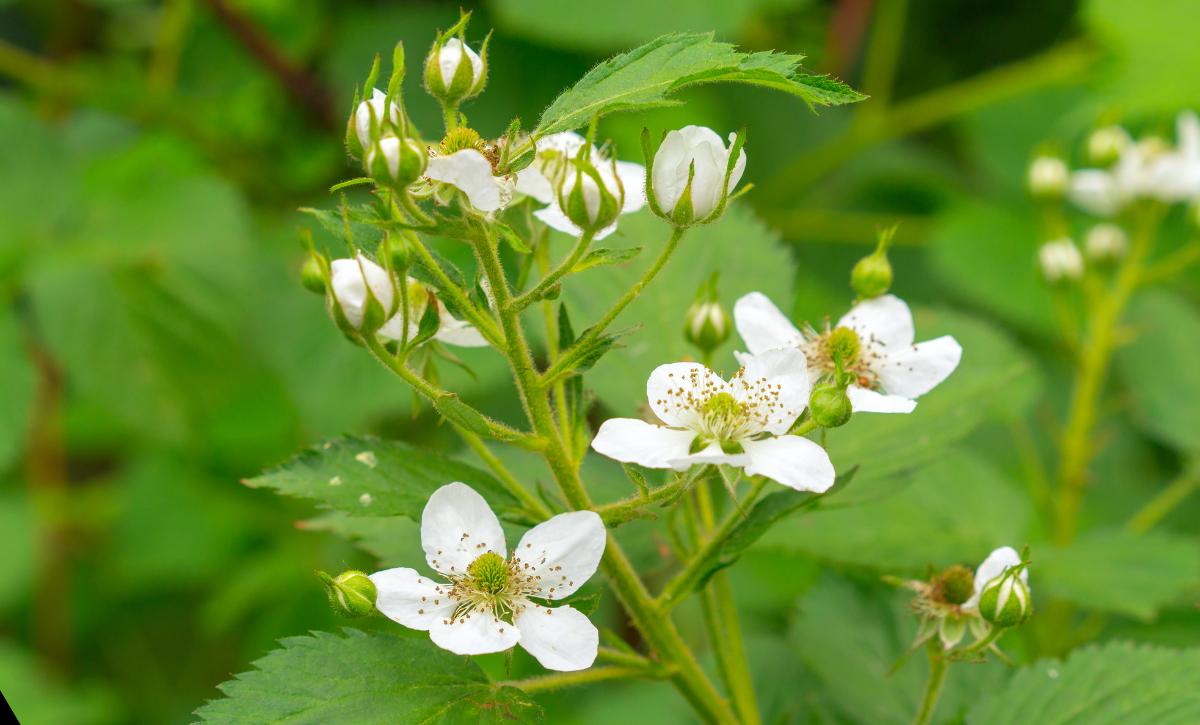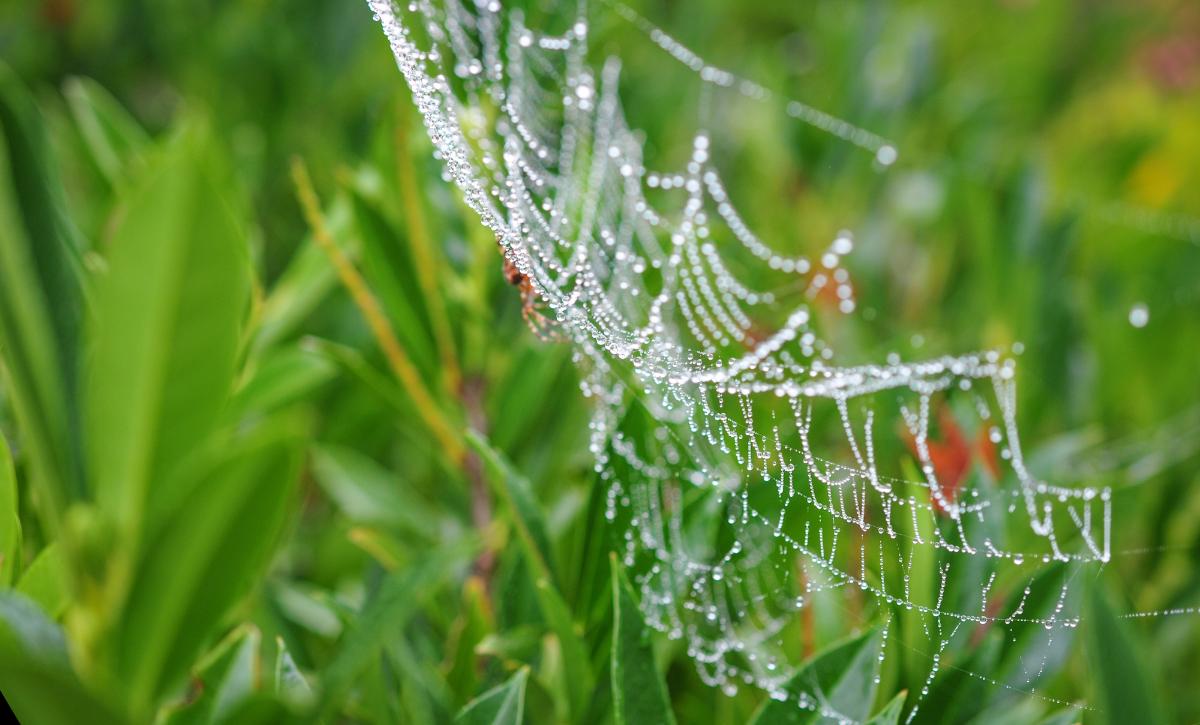Berries are a common ingredient in oatmeal, cake, and smoothies. So, it only makes sense to grow this versatile fruit at home; be it as blueberries, blackberries, or black and red raspberries.
Studies have proven that these drupelets not only taste amazing but also have many health benefits. In my quest to find out how to grow these fruits, I came across an interesting question: Do raspberries have seeds? And if yes, how do I grow these seeds into plants?
Almost all fruits have seeds, but in my experience with black raspberries, I have hardly ever seen any seeds; just like bananas, so I decided to venture deep into the rabbit hole to find out.
Before I divulge any more secrets, let’s look at some common facts about raspberries:
| Scientific name: | Rubus idaeus |
| Native habitat: | North America and Asia Minor |
| Growth rate: | Fast Grower |
| Size: | 5-6.5 feet |
| Toxicity: | Non-toxic |
Now that you have familiarized yourself with some common facts about raspberries, let’s look at the seeds and what they offer.
In this article, we’ll discuss the seeds, how to extract them from the berries, the propagation methods you can use to grow them, and the essential care guide for these plants.
Lastly, we will look at the healthy benefits of these fruits.
So, let’s get to it!
Do Raspberries Have Seeds?
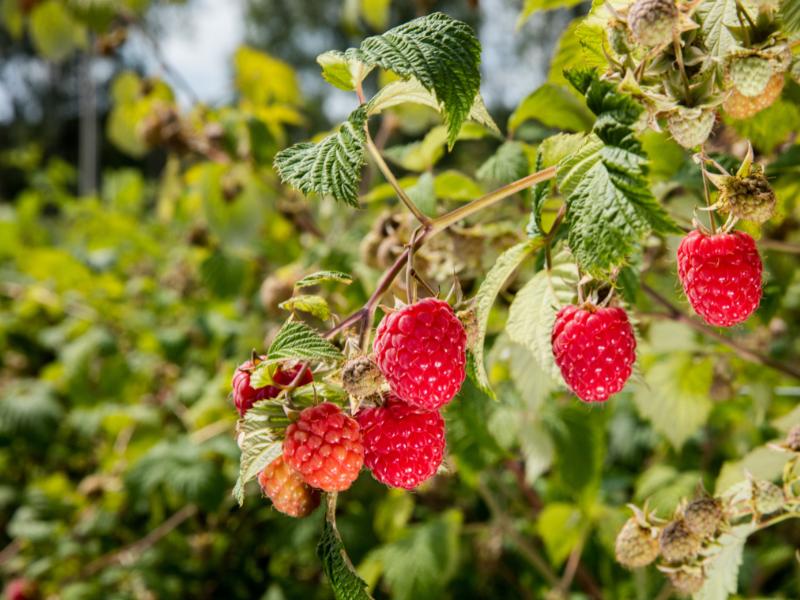
Yes, raspberries do indeed have seeds. These fruits are made of tiny sections known as drupelets, each with seeds.
Interestingly, these seeds aren’t in the middle part of the fruit as with other plants but rather on the outside.
This is why raspberries aren’t technically considered true berries (like blackberries or strawberries).
During fertilization, the ovaries form small dry fruits on the red fruit surface. These fruits, also known as achenes, contain a seed. These ovaries merge to create raspberries, and that’s the reason it’s referred to as an aggregate fruit. This is different from ordinary fruits that are named from one ovary.
There are several claims that some seedless varieties of raspberries exist, such as red raspberries, but that’s far from the truth. These berries contain seeds, but they are much smaller than other berries.
As previously mentioned, raspberries aren’t technically considered berries, even though they are listed as fruit vines. They are still as delicious as other berries, making them desirable to many growers.
How to Extract Raspberry Seeds
To use raspberry seeds, you first need to extract them from the drupelets.
There are two methods you can use to achieve this. Whichever way you choose will be okay since they are both efficient.
If you are afraid of things getting messy, only one method will work for you. Here it goes. Place the raspberry fruits in a mesh sieve or colander and use a spoon, glass, or bottle with a smooth surface to squeeze it.
Wash up the pulp and let the seeds that will remain dry. And there you go! You have raspberry seeds.
This other method requires few tools, so you may prefer it if you don’t like the hustle of using tools. Separate the raspberry into small sections and use your fingers to crush them to release the seeds.
Rinse the seeds with some water and place them on paper to dry up.
The best thing about raspberries is that one fruit can produce over 100 seeds, so you don’t need to use many of these delicious fruits for your seed needs.
In case these fruits are just too delicious to spare, don’t worry! You can still buy seeds to grow these great fruit-bearing vines.
Raspberry Seeds Healthy Benefits
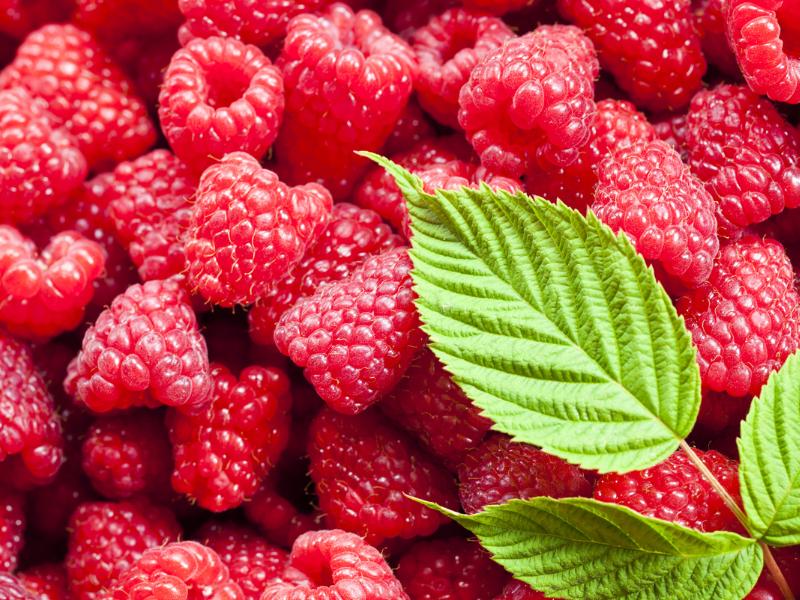
It may come as a surprise, but raspberries aren’t only healthy. Still, their seeds also have a host of nutritional benefits, such as being a source of fiber, fatty acids, and antioxidants.
One of the primary antioxidants contained in raspberries is anthocyanin (found in the red, blue, and purple pigments in fruits or vegetables. This antioxidant reduces the consequences of oxidative stress. This type of stress is associated with an increased risk of Alzheimer’s, Parkinson’s, cataracts, heart diseases, and even diabetes.
Raspberry seeds also contain several fatty acids, such as linoleic (omega-6 fat) and also omega-3 fat. These fatty acids help improve your heart’s health.
Lastly, raspberry seeds are an excellent source of fiber. According to scientists, fiber reduces the risk of high cholesterol, heart disease, constipation, cancer, and high blood sugar. It’s also a commonly known fact that fiber helps you lose weight and feel full longer.
What To Do With Raspberry Seeds
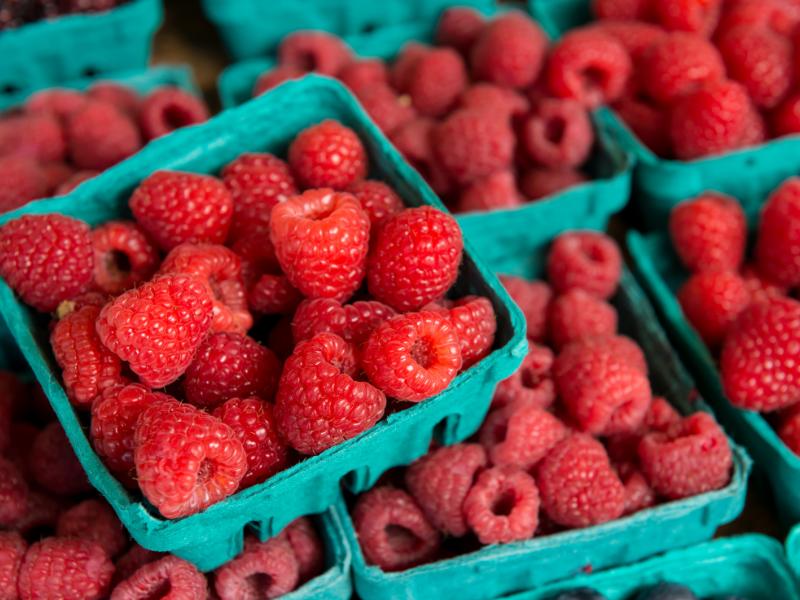
Even though raspberries are full of nutrients, they aren’t simply used as food. They have several other uses.
These drupelets can be used to make jellies, cakes, raspberry crackers, muffins, and tarts. Basically, this fruit is a dream come true for any sweet tooth! Additionally, you can simply extract the puree.
The last and perhaps most important use of raspberry seeds is to propagate raspberry vines.
Even though raspberries can be easily propagated from stem cuttings in no time, propagating the fruit by seeds is much cheaper. This also provides you with ample time to nurture your gardening skills.
Propagation
There are two main ways to propagate raspberries; from canes and from seeds. In this section, we’ll examine propagation by seeds since it’s the primary way and has more steps. It’s also a way of generating canes.
The main difference between the two propagation methods is that canes already have a year’s head start in growth, and you can harvest berries from them the same year you grow them.
Conversely, seeds take a while to become established plants, so don’t expect yields during the first year. The plant will form berries in the second year, and if you do it just right, you’ll have more than enough berries for all your recipes.
Sowing Seeds, Soil Preparation, and Planting
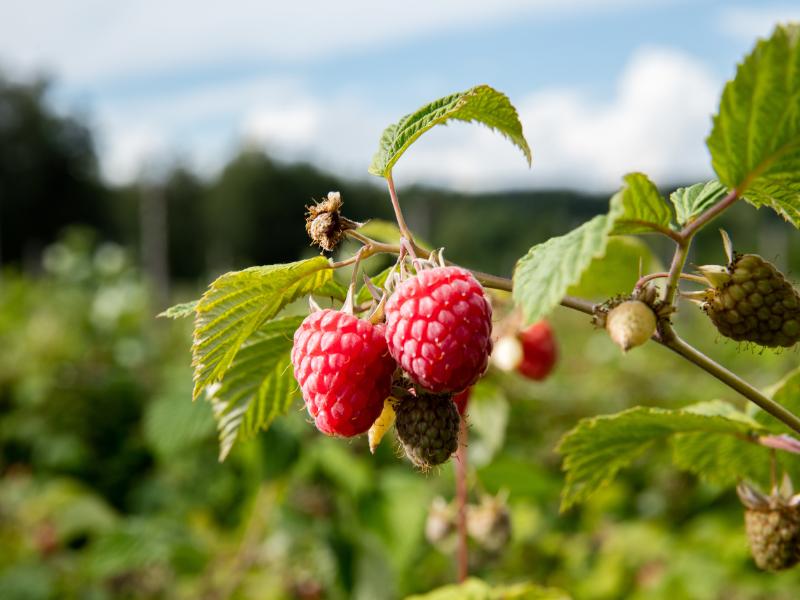
Before getting raspberry seeds, you first need to prepare the soil!
First, you need to prepare the seeds to get viable seedlings to grow. Place some seeds in a peat pot, one from the other, during the mid-winter season. Sprinkle some sand to cover the seeds completely.
Place the peat pot in sufficient light, and always ensure the soil is moist.
Pro tip: Mist the soil instead of watering it all the time.
Place the seeds outside when the mid-winter has passed, and it gets warm enough (above 60℉). Germination will take place in 1 month to 6 weeks.
Once the seedlings have grown to one inch in height, it’s time to transplant them to the garden or a larger container. Since raspberry canes aren’t very sensitive to cold, you can transplant them during early spring, although warmer weather is preferred.
Soil Preparation
If the seedlings will be transplanted into the garden, then ensuring you have prepared the soil is best. This vine will thrive in well-drained soil, so you should grow it in a raised bed. This allows the excess water to drain out.
This vine will do well if supplied with enough nutrients, so add some loam-based compost to the soil before the seeds are planted. While it’s true that raspberry vines will grow well in a nutrient-rich substrate, they don’t fertilize the soil right before planting. Plant food should be added to the soil 2-3 weeks before planting to give the minerals enough time to dissolve.
Planting
Now that preparation is done, it’s time to get to the real business of planting raspberries. Dig some holes or create some rows (if you have more canes). The plants should be well spaced out to allow the roots to spread, and space each cane about 1.5 feet apart.
For multiple rows, ensure the space between them is about four feet.
Soak the canes before planting them to increase the chances of success. And you are ready to go!
Once the vines have started spreading, you can add trellises to help them grow.
Caring for the Plant
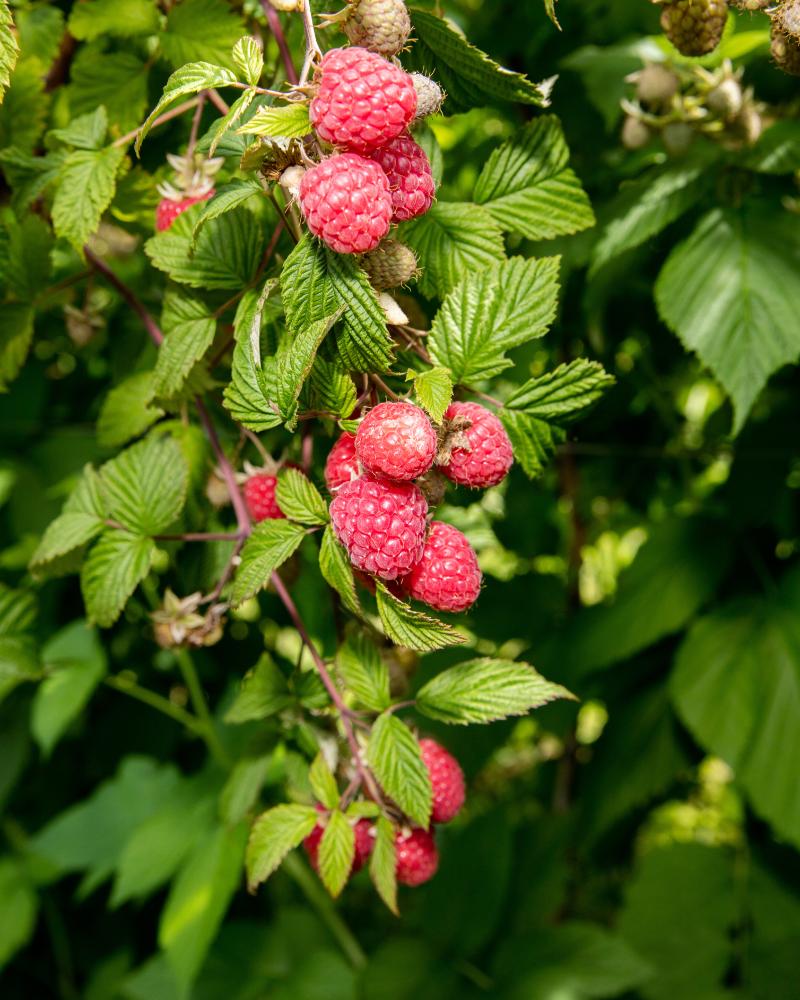
Once the plant is transplanted, it will need proper care to thrive, especially in fertilizing and watering.
In the following section, we’re growing to dive deep into the care needs for raspberries and their dos and don’ts.
Light Requirements
This plant thrives in full sun. This means the vines will need to be exposed to light for 6-8 hours per day.
Plant the vines in a place with no tall trees that may shade the plants.
Even though the plants may adapt to shady environments, they’ll not yield much fruit. To increase the bloom of the flowers and turn them into delicious raspberries on pollination, the plant needs full sunlight.
To prevent sunburns in the plant, find a place with plenty of morning sunlight and late afternoon sunlight when the light isn’t very intense.
Water and Humidity
Water and humidity are crucial to the survival and growth of healthy and tasty fruits. However, ensuring the plants aren’t overwatered is essential, as this could result in more problems.
The plant should be watered to 1-2 inches every week, and during the ripening period, watering should be increased to 4 inches.
Since the vines have shallow roots, you won’t have to spend too much time watering them.
If you are in a region that receives plenty of rainfall, maybe every 7-10 days, you don’t even have to irrigate the plants.
For gardeners growing these vines in a raised bed, using a drip irrigation system is ideal to ensure your plants have sufficient water.
As for humidity, raspberry vines will do just well in moderate humidity levels, so no significant adjustment is needed in this regard.
Temperature
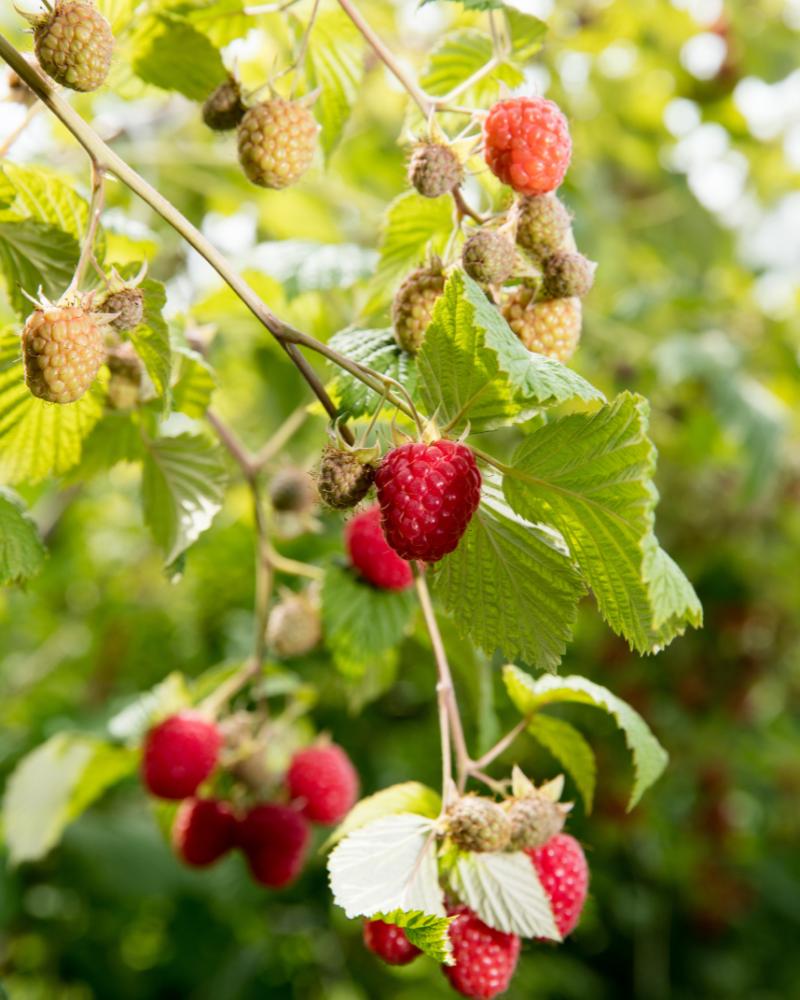
The ideal temperature to grow raspberries is between 70 and 75℉. Exceeding these temperature ranges will have profound implications.
For one, the plant can’t perform photosynthesis under high temperatures. This will impact the plant’s ability to produce food, leading to a weaker plant with low fruit production.
You can take several measures to ensure it doesn’t get to this. The one main thing you should do is protect the plant from the scorching afternoon sun while still getting plenty of direct morning sunlight.
Low temperatures aren’t the main problem for these berries since they are pretty temperature-hardy and can endure temperatures as low as 20℉. In fact, these plants are so cold-tolerant that they’ll need some time in the cold to increase the yield.
Ensure the plant gets at least 33 days of low temperatures between 37-50℉. Otherwise, you’ll get low yields.
Even though this may be a problem in some regions, for areas that experience winters, it means you don’t have to worry about protecting the plants.
Soil and Fertilizer
Raspberries thrive in slightly acidic soils with a pH of 6.5-6.7. The soil should be well-drained and able to retain moisture. As such, the best option for these plants is sandy or loam soils.
If your soil isn’t well-drained, add soil to improve the aeration. However, it’s essential to consider the amount you add. For heavy soils, add equal parts of soil and sand.
These plants will do well in well-fertilized mediums, so add some fertilizer and compost to the soil.
The best choice of fertilizer is natural organic fertilizer. However, if you cannot access some, you can still use balanced fertilizers such as Triple 10.
Fertilizing can be done once a year at the start of spring. Ensure fertilization is done after the plants have been transplanted and not before. Apply the fertilizer about 3-4 inches away from the plants to reduce the risk of the plant experiencing fertilizer burns.
It’s crucial to ensure the plant isn’t fertilized late in the season since this will lead to new growth in the plant. As good as this is, the new growth will not survive the harsh winter temperatures that the plant needs to increase yields.
Harvesting
Harvesting is an exciting time for any raspberry grower. Besides, the reason for all the previous steps is to ensure a good yield!
Raspberries will take about a year and a half to produce the first harvest. The initial yield may be low. However, the fruits will be in large quantities in the second year.
Harvesting time for the fruit is in the summer or early fall. We recommend you start harvesting the fruit once it has turned to the expected color.
Raspberries can be eaten as they are, be used to make cakes, smoothies, and muffins, and even stored for future use.
If refrigerated, the berries can last up to five days, while frozen raspberries can last up to one year.
Once you are done harvesting all the fruit from the plant, and its leaves’ color fades, cut the canes about an inch above the ground and store them for future use by covering them with compost.
Other Applications
Did you know that besides for consumption, raspberries are also used in cosmetic products such as face and body exfoliating?
They are also used to manufacture soap to add texture and can be used to produce hard-pressed seed oils.
Commonly Asked Questions
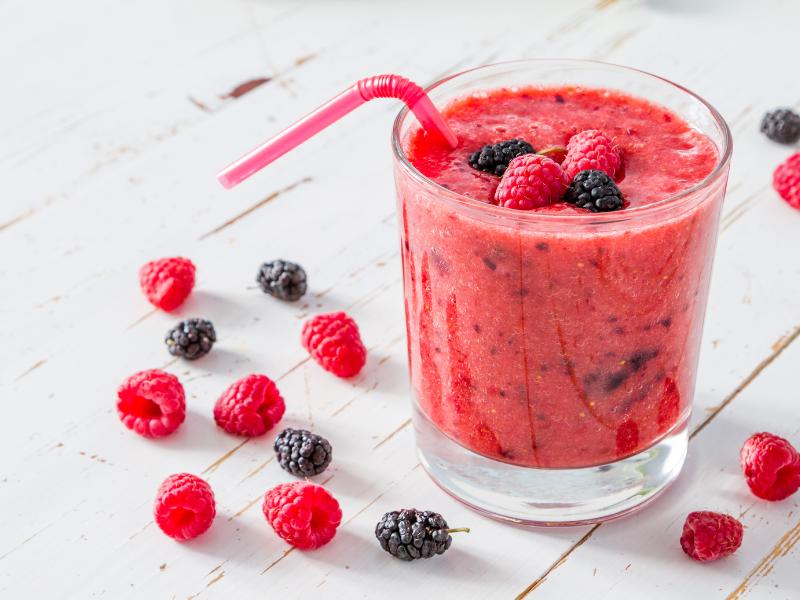
Before we conclude our discussion about raspberries, there are some common questions we want to address.
Here are our readers’ most frequently asked questions about this fruit and its seeds!
Can you eat raspberry seeds?
Of course, you can eat raspberry seeds. They are filled with essential nutrients that benefit the body. This includes fiber, fatty acids, and antioxidants.
The only annoying thing about eating raspberry seeds is that they may get stuck between your teeth. But considering the benefits they offer, it’s a risk worth taking.
What types of berries have seeds?
All types of berries have seeds; the key difference is where the seeds are located. For some berries, the seeds are inside the fruit, such as blueberries and cranberries. These fruits are considered true berries.
The seeds are tiny and hard to see for most berries, such as blueberries, so you might easily miss them.
On the other hand, some berries have seeds on the outside, such as strawberries, blackberries, and raspberries. Don’t bother examining the fruit for seeds with these berries, as you will find nothing.
Since these berries have seeds from several ovaries, they aren’t considered real berries. However, this shouldn’t dissuade you from trying them.
Why do raspberries have seeds?
The primary reason for seeds in raspberries is propagation. Having seeds is a way for the plant to multiply and survive.
One of the central debates by scientists on berries has been why the seeds are located on the outside (such as raspberries), and the critical reason is easier spread and, hence, propagation of the plant.
These seeds sometimes get entangled in animals’ fur, and the animal will carry the seed to a new location where it’ll grow.
Wrapping Up
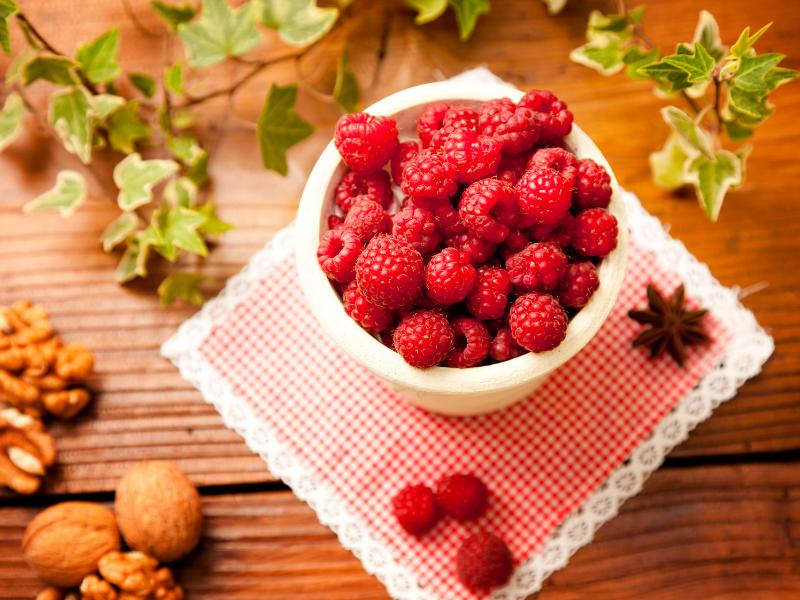
Clearly, we’ve solved one of the mysteries for many gardeners: whether raspberries have seeds. You also know what you can do with these seeds.
If you’d like to enjoy your raspberries without the seeds, you can remove them. But honestly speaking, they aren’t that big of a nuisance. These seeds have several health benefits, so the mistake here will be letting them go to waste.
These seeds not only have health benefits but can also be used to propagate raspberry vines, even though you have to be patient.
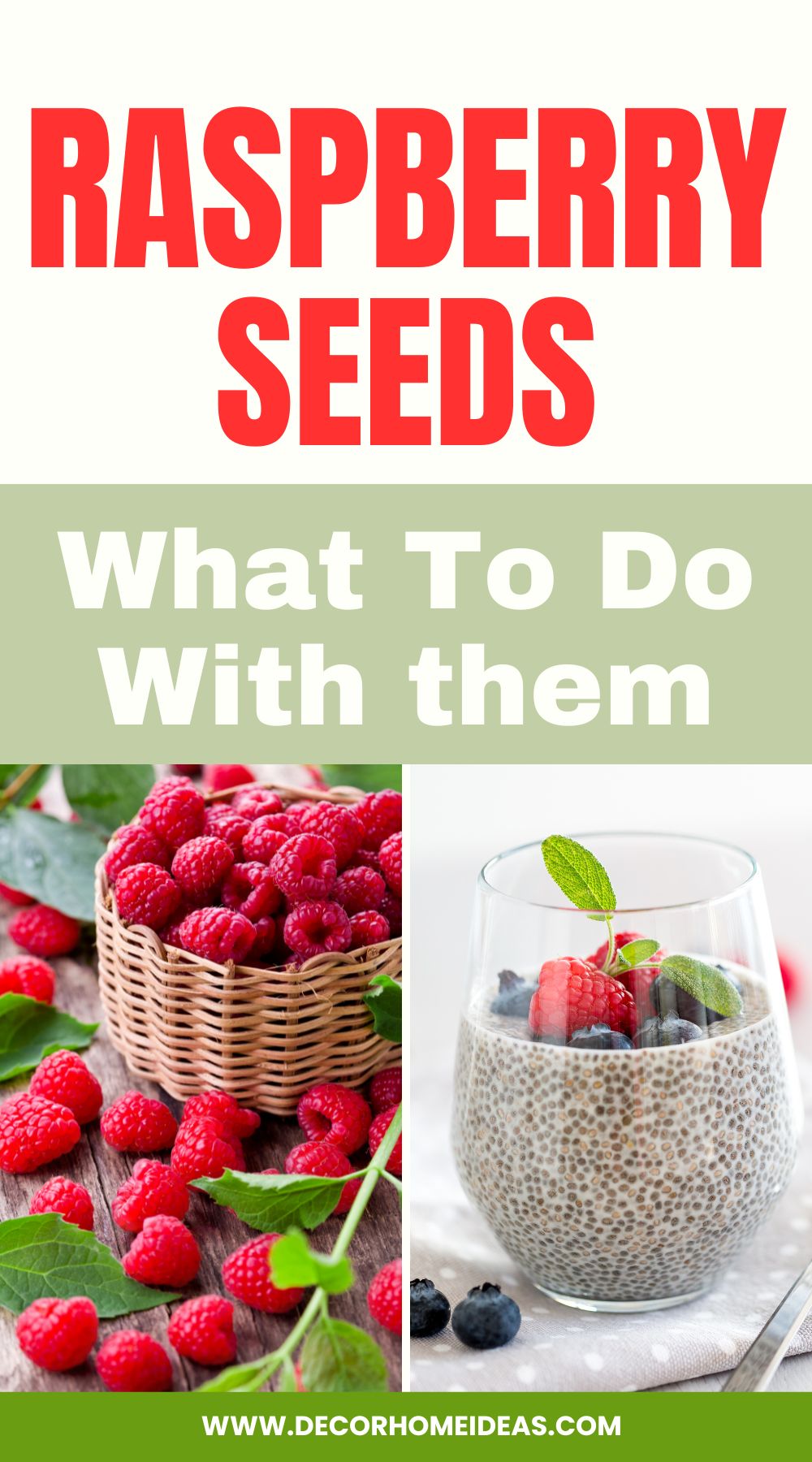
With the care guide we’ve included in this article, you are well-equipped to propagate and take care of your raspberries to maturity and increase the yield.
So, have fun growing these fruits. Try baking a cake and making a smoothie to match.
Thank you berry much for reading!😁

